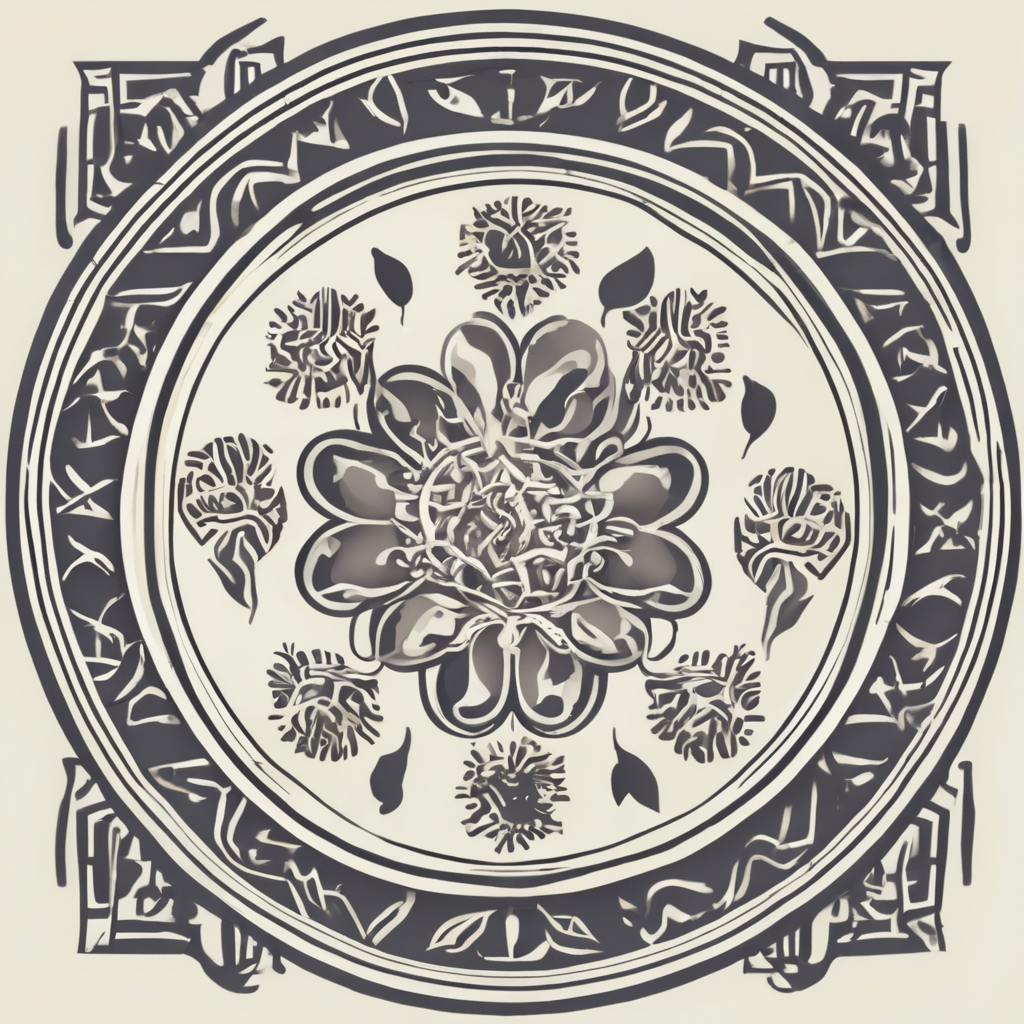Anxiety can be overwhelming, yet recognising its signs is the first step toward relief. This checklist offers clear, simple ways to identify common symptoms like restlessness and excessive worry. By understanding how anxiety affects daily life, you can take informed steps toward managing panic and finding lasting peace. Practical guidance and trusted resources support you through every stage of this process.
Comprehensive Anxiety Symptom Identification and Assessment
Review anxiety checklist offers valuable insights into recognizing anxiety symptoms and understanding their impact. The GAD-7, a widely used tool, screens for generalized anxiety disorder by assessing issues like excessive worry, restlessness, irritability, trouble relaxing, and fear of negative outcomes. It scores symptoms based on frequency, providing a total that indicates severity and interference in daily activities.
In the same genre : What Are Practical Methods for Reducing Salt Intake Without Sacrificing Flavor?
Recognizing physical signs such as trembling, dizziness, shortness of breath, and sleep disturbances is essential. Emotional responses like panic, overwhelm, and persistent worry also signal anxiety. The assessment encourages identifying cognitive and behavioral patterns, including managing anxious thoughts and recognizing triggers.
Seeking professional help is advised if symptoms become frequent or severe. The GAD-7’s validation from scientific studies and its practical application make it a reliable starting point.
Also to discover : Essential massage gun reviews: find your best fit today
Practical Tools for Monitoring and Managing Anxiety
Anxiety Checklists and Trackers
Start by using printable anxiety trackers, apps, or classic symptom journals to identify anxiety symptoms and spot patterns. Tools like the GAD-7 or Beck Anxiety Inventory evaluate emotional and physical signs of anxiety, such as restlessness, trouble concentrating, or panic attack signs. By recording symptom frequency and intensity, these anxiety management tools aid in recognizing anxiety triggers, guiding when to seek a comprehensive anxiety assessment or professional support.
Interpreting scores from anxiety severity assessment tools provides clarity. For instance, higher anxiety symptom severity scale results indicate when immediate strategies or clinical input may be required. Many anxiety checklist pdf downloads and apps provide clear guidance on next steps.
Anxiety Relief Techniques and Self-Care Strategies
Evidence-based anxiety relief techniques and mindfulness practices form a strong foundation for self-care routines for anxiety. Breathing exercises, progressive muscle relaxation, and self-help checklists for anxiety promote effective anxiety coping strategies. These tools increase emotional regulation, helping differentiate daily worries from true panic attack preparedness checklist needs.
Recognizing and Differentiating Anxiety Symptoms
Proper use of an emotional responses checklist and daily mental health tracking clarifies the difference between physical and psychological symptoms, such as dizziness versus persistent anxious thinking. This supports the identification of generalized anxiety disorder symptoms, and assists in differentiating anxiety and depression symptoms for targeted management.
Understanding Diagnostic Tools and Resources
Comprehensive anxiety assessments—such as the validated GAD-7 and PRIME-MD-PHQ—form a solid foundation for pinpointing anxiety symptoms identification and panic attack signs. These tools use structured questions to capture the presence and severity of anxiety disorder symptoms, drawing attention to both cognitive symptoms of anxiety and physical signs of anxiety.
Scoring relies on symptom frequency and impact. For example, the GAD-7 assigns points based on how often anxiety symptoms appear in daily life, relating to a person’s self-care routines for anxiety and aiding with personalized anxiety checklist development. Results categorize anxiety symptom severity, supporting daily anxiety self-assessment and ongoing anxiety symptom frequency tracking.
Research and Validation of Anxiety Screening Scales
Multiple studies confirm the accuracy and reliability of the GAD-7 for generalized anxiety disorder symptoms. Professional organizations highlight its integration in comprehensive anxiety assessments, often evaluating mood and anxiety evaluation. These findings strengthen trust in anxiety symptom patterns and assure educators and clinicians deploying anxiety checklist for educators or school anxiety symptom checklist.
Professional Resources and Next Steps
Individuals can share anxiety checklist self-evaluation outcomes with healthcare providers, who interpret these findings and recommend anxiety support resources. Online platforms offer daily mental health tracking, printable anxiety trackers, and access to a wide range of professional evaluations, helping users refine anxiety attack preparedness checklist and stress and anxiety monitoring routines.











